Isak Danon was born on June 24, 1929 in Split, a small town on the Adriatic coast of Yugoslavia (today Croatia) with an active Jewish life. Isak’s parents ran a small dry goods store, and Isak helped out in the family business along with his three sisters.
After the Axis invasion of Yugoslavia in April 1941, Italy took over parts of the country, including Split. In comparison with other parts of occupied Yugoslavia, the Italian occupation proved to be relatively benign for Split’s Jewish population. As a result, many Jews fled to take refuge in Split and surrounding areas. Still, in June 1942, Italian perpetrators carried out an anti-Jewish riot in Split, attacking the synagogue and vandalizing Jewish stores, including that of Isak’s family.
In fall 1943, the situation in Split changed. In July 1943, Italy’s Fascist dictator Benito Mussolini was overthrown and in September Italy surrendered to the Allies. In response, Nazi Germany occupied the northern part of Italy and Italy lost control of Split and other parts of occupied Yugoslavia. Isak and his father fled the city. They found and joined a group of Partisans (Yugoslav resistance fighters) and traveled with them through the mountains. They eventually crossed the Adriatic sea and reached southern Italy, which was under the control of Allied soldiers. After months of travel and a series of relocations, Isak and his father were reunited with his mother and two of his sisters who had also managed to flee. Isak’s other sister was fighting with a Partisan fighting unit.
In 1944, Isak and his family were among the nearly 1,000 men, women, and children—the majority of them Jewish— who found safety at the Fort Ontario Emergency Refugee Shelter in New York. When the camp closed in February 1946, the US government finally admitted the refugees as immigrants. The Danon family settled in Philadelphia, Pennsylvania where Isak worked in a factory to support his family and attended evening school. He later served in the military and worked for the federal government.
This Section
Listen to or read Holocaust survivors’ experiences, told in their own words through oral histories, written testimony, and public programs.
